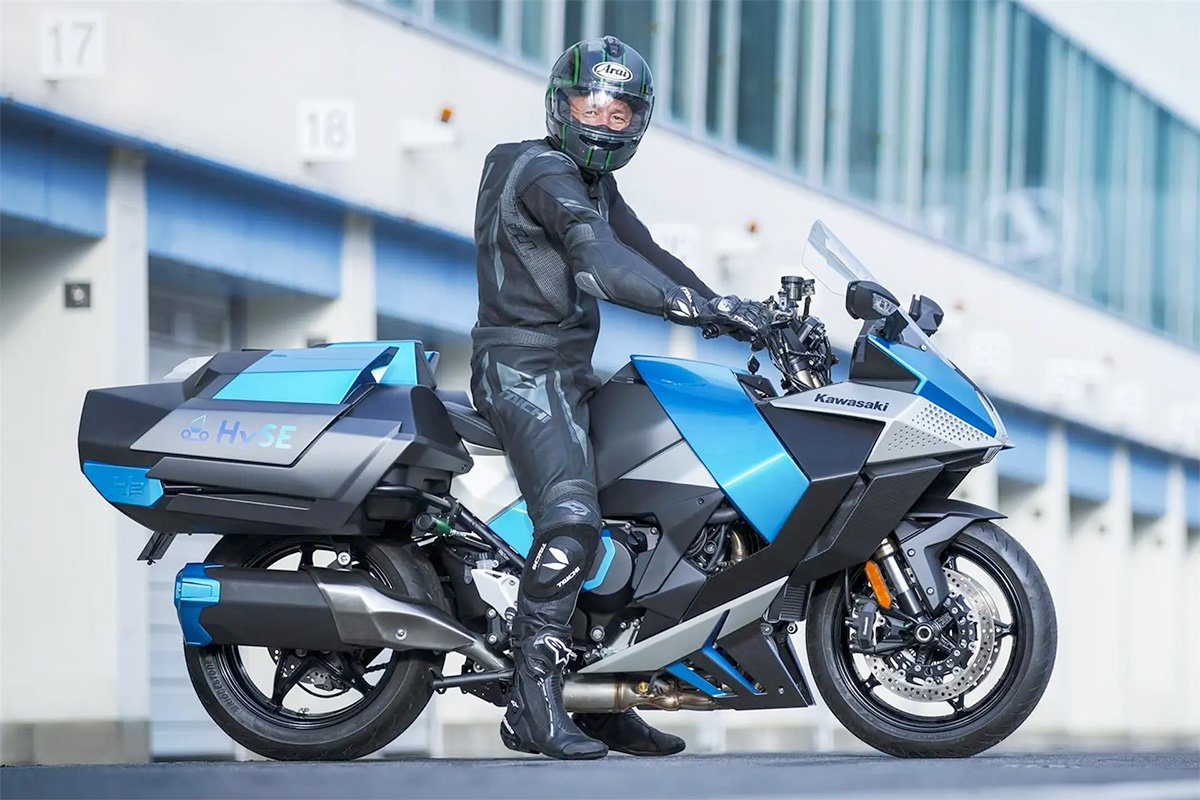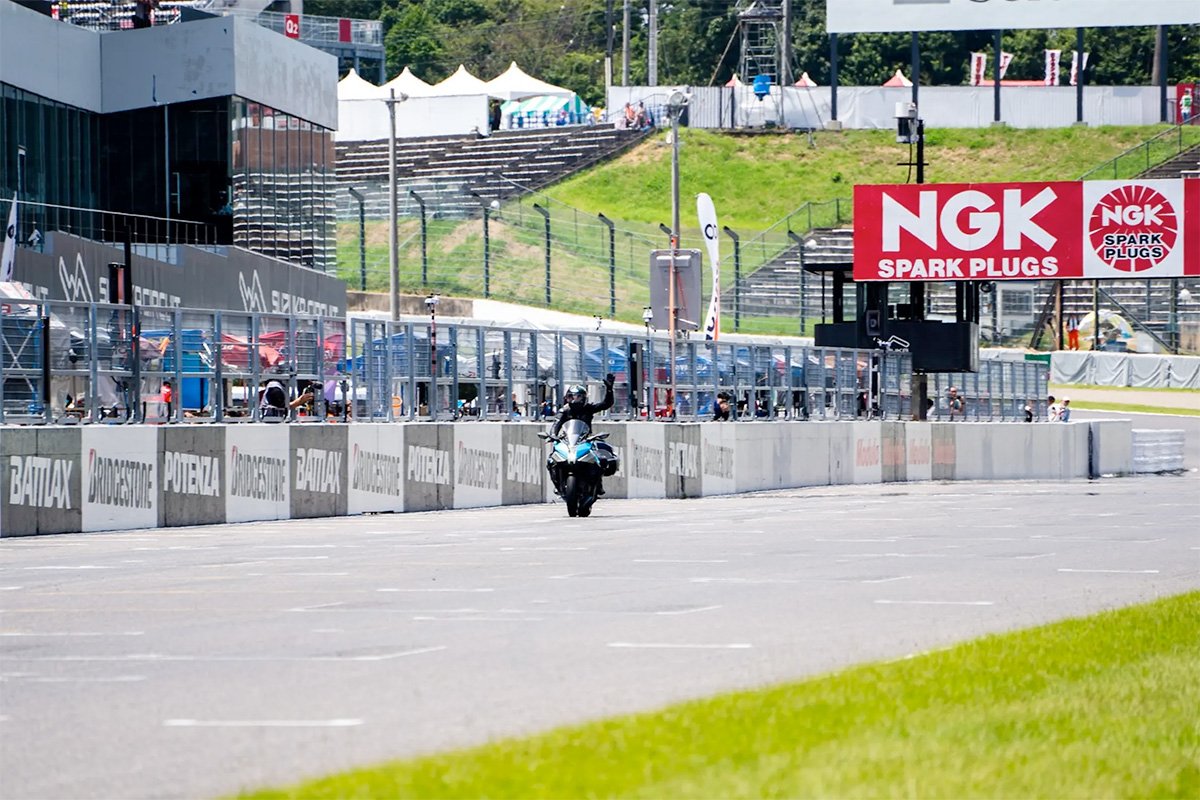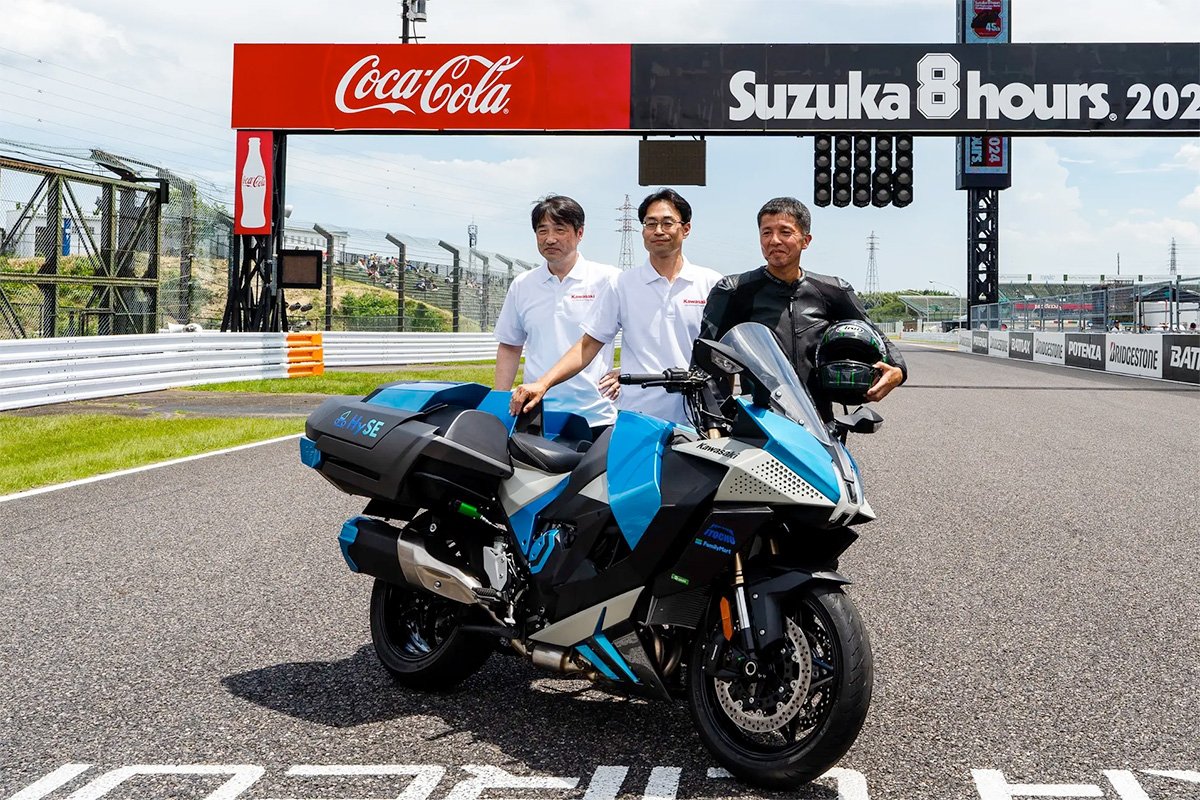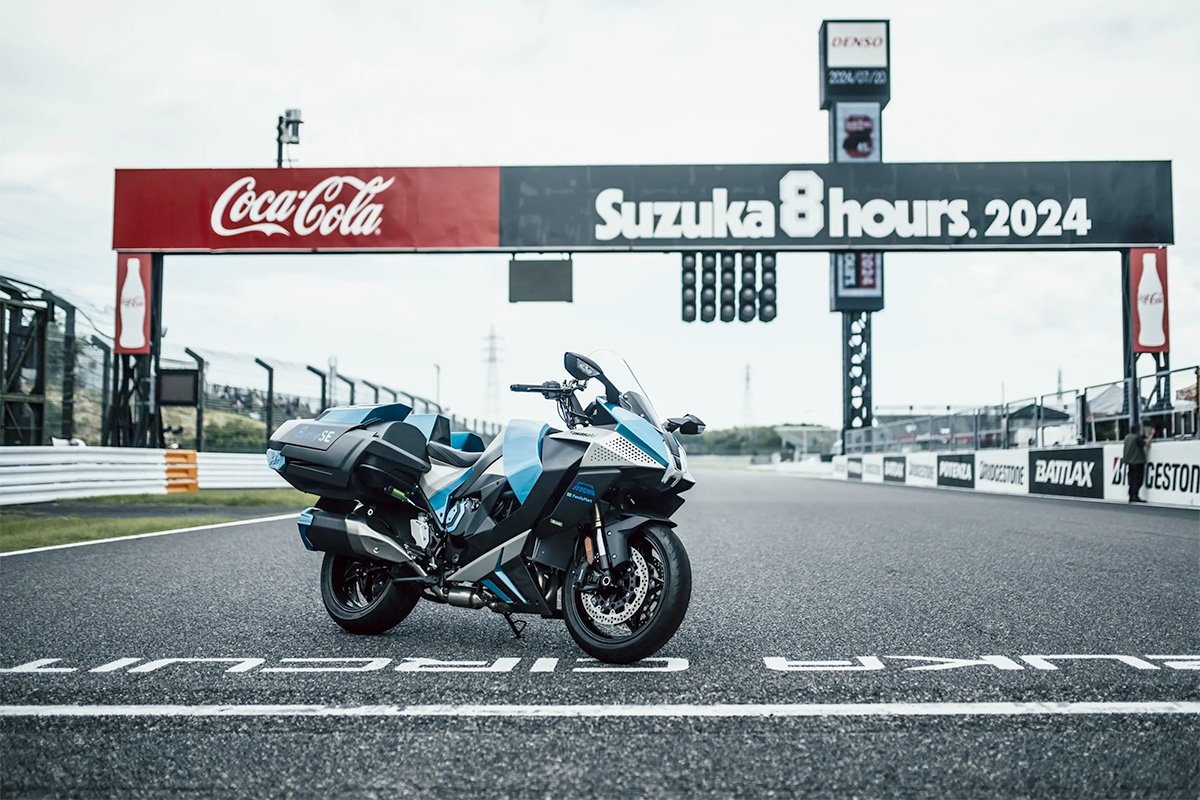Kawasaki is pioneering greener motorcycle technologies with the introduction of its hydrogen-powered Ninja H2 SX. This innovative prototype made its first public appearance in Japan, marking a significant milestone in the journey towards zero-carbon transport.
Battery-electric technology currently dominates the e-mobility sector for cars, trucks, pedal bikes, and scooters. While this technology is sufficient for short commutes within emission-controlled cities, it often falls short for long-distance riders seeking higher speeds. The wait for battery recharging remains a significant drawback, despite ongoing advancements in battery chemistry and fast-charging technologies.
Green hydrogen offers a promising alternative, potentially alleviating many of the issues associated with battery-electric vehicles. Unlike battery-powered systems, hydrogen can be refueled quickly, allowing for continuous travel without lengthy stops for recharging. Over the years, various fuel-cell prototypes have explored this energy-dense fuel source, including the ENV in 2005, Suzuki’s Crosscage, and more recently, concept models from Segway and a modified high-speed prototype from MIT.
Kawasaki embarked on its hydrogen bike project in March of last year. The project revolves around a modified combustion engine, powered by hydrogen stored in tanks located behind the rider. By December, a working prototype was unveiled, moving beyond concept renders and into track testing phases. The hydrogen-powered Ninja H2 HySE is the result of these efforts.

The prototype bike features a modified 998cc inline-four supercharged engine with direct hydrogen injection into the cylinder through a specially developed fuel supply system. High-pressure hydrogen gas containers are fitted at the rear, allowing for quick refueling in just a few minutes. This setup enables riders to enjoy the traditional sensations of a combustion engine, including its roar and vibrations, without producing harmful exhaust emissions. The only byproduct, aside from a minimal amount of engine oil burn, is water.

“Hydrogen engines produce power like conventional gasoline engines: air is taken in, mixed with fuel, and then combusted,” explained project leader Satoaki Ichi. “Being able to feel the air enter while interacting with the engine adds to the rider’s enjoyment of controlling the bike. When hydrogen combusts, water is produced. If you hold your hand near the tailpipe, you can feel it is moist. It is a very gentle engine – like a humidifier on wheels.”
One critical aspect of this technology is the source of the hydrogen fuel. Currently, most hydrogen production is not as environmentally friendly as it could be. To fully realize the potential of hydrogen-powered motorcycles as a clean transport solution, riders would need access to green hydrogen, which is produced using clean energy sources. Although green hydrogen is currently rare, advancements in production methods could make it more prevalent by the time hydrogen-powered motorcycles reach the market.

Kawasaki’s hydrogen-powered Ninja H2 SX made its public debut at the Suzuka Circuit in Mie Prefecture, Japan, on July 20. The track footage showcased at the event was recorded at Autopolis in Hita City. This project is part of the Hydrogen Small mobility & Engine technology (HySE) research initiative, established in May 2023 by Kawasaki, Suzuki, Toyota, Honda, and Yamaha. The initiative aims to explore and advance hydrogen technology for small mobility applications, though there is no confirmed timeline for when these motorcycles might enter production.

Source: Kawasaki



